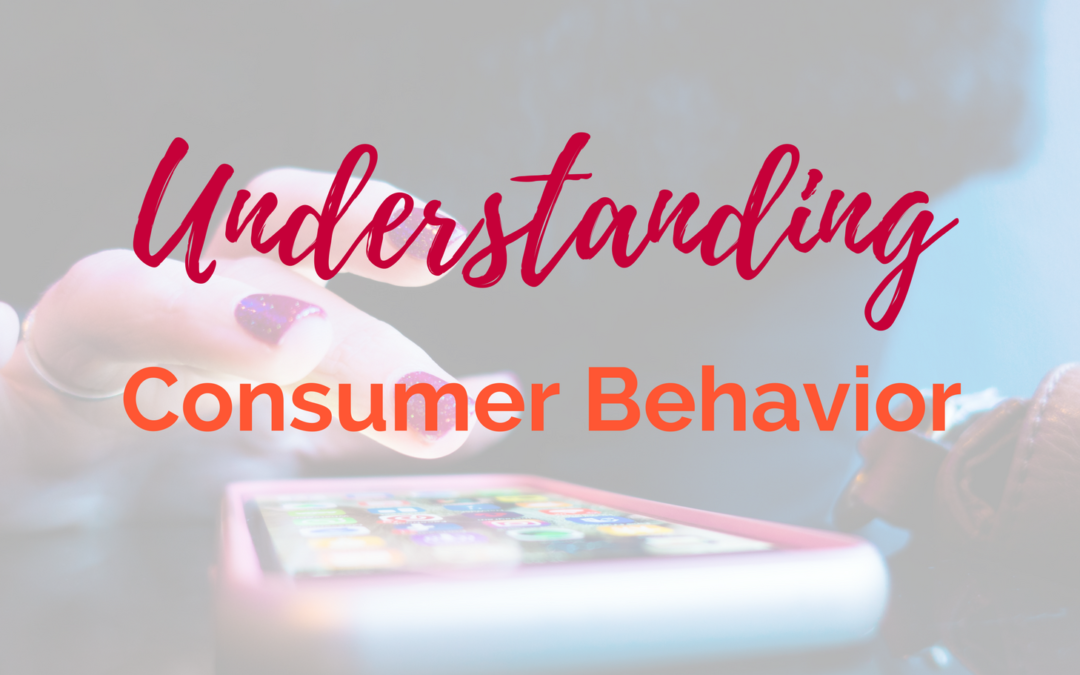Understanding consumer behavior is a broad and complicated task, but once you’ve got the details figured out, you can begin to get excited knowing the detailed understanding of your customers and their motivations.
What exactly is consumer behavior?
Consumer behavior is the study of individual consumers and how they make their decisions to use specific products and services. The concept is mainly concerned with psychology, motivations, and behavior.
The study of consumer behavior includes:
- How consumers think and feel about different brands, products, services, and retailers
- How consumers reason and select between these different brands, products, services, and retailers
- The behavior of consumers while making their purchasing decision and shopping
- How consumer behavior is influenced by their environment (peers, culture, media)
- How marketing campaigns can be adapted and improved to more effectively reach the consumer
The process of a consumer’s purchasing decision is influenced by three factors:
Personal factors – A person’s interests and opinions. These will be affected by demographics such as age, gender, culture, profession, and background.
Psychological factors – Every single person has their own personal response to particular marketing campaigns based on their unique perceptions and attitudes. These perceptions and attitudes were formed from their experiences in life and play a part in comprehending information presented to them.
Social factors – Peer groups, from family and friends to social media influence. This factor also includes social class, income, and education level.
How can we collect consumer behavior data?
As the motivations that influence consumer behavior are so wide, a research mix including a variety of data will be the most robust. Some are more cost-effective than others.
Customer Reviews – Reading customer reviews can highlight common problems or wishes.
Q&A sites – These sites can give you an idea of the questions and concerns that people have in relation to your brand, service or product.
Social media – Millions of people reflect their lives on social media, so information that can enrich several strands of consumer behavior can be uncovered with the right tools.
Surveys – Online surveys can be easily set up with sites like Survey Monkey and allow you to ask specific questions.
Focus groups – Bring a group of consumers together and ask them questions directly.
Keyword research – A mainstay of SEO, keyword research can tell you what consumers are interested in and the relative level of interest. It also helps to reveal the language they are using.
Google Analytics – Analytics can be used to tell you where your traffic is coming from. The Audience tab shows geography, interests, and a range of demographics.
Competitor analysis – This can provide useful information about consumers that are shopping in your vertical but don’t buy from your brand.
Blog comments – Comments on your blog can be a good way of discovering any questions your audience might have.
Twitter Insiders – Twitter recently launched Insiders, a 12,000 strong focus group of US & UK Twitter users.
Google Trends – Google Trends can help you to understand if a topic is becoming more or less popular.
Government data – Government data is available for free and can help you understand a group, and several other sources can also be accessed without charge.

